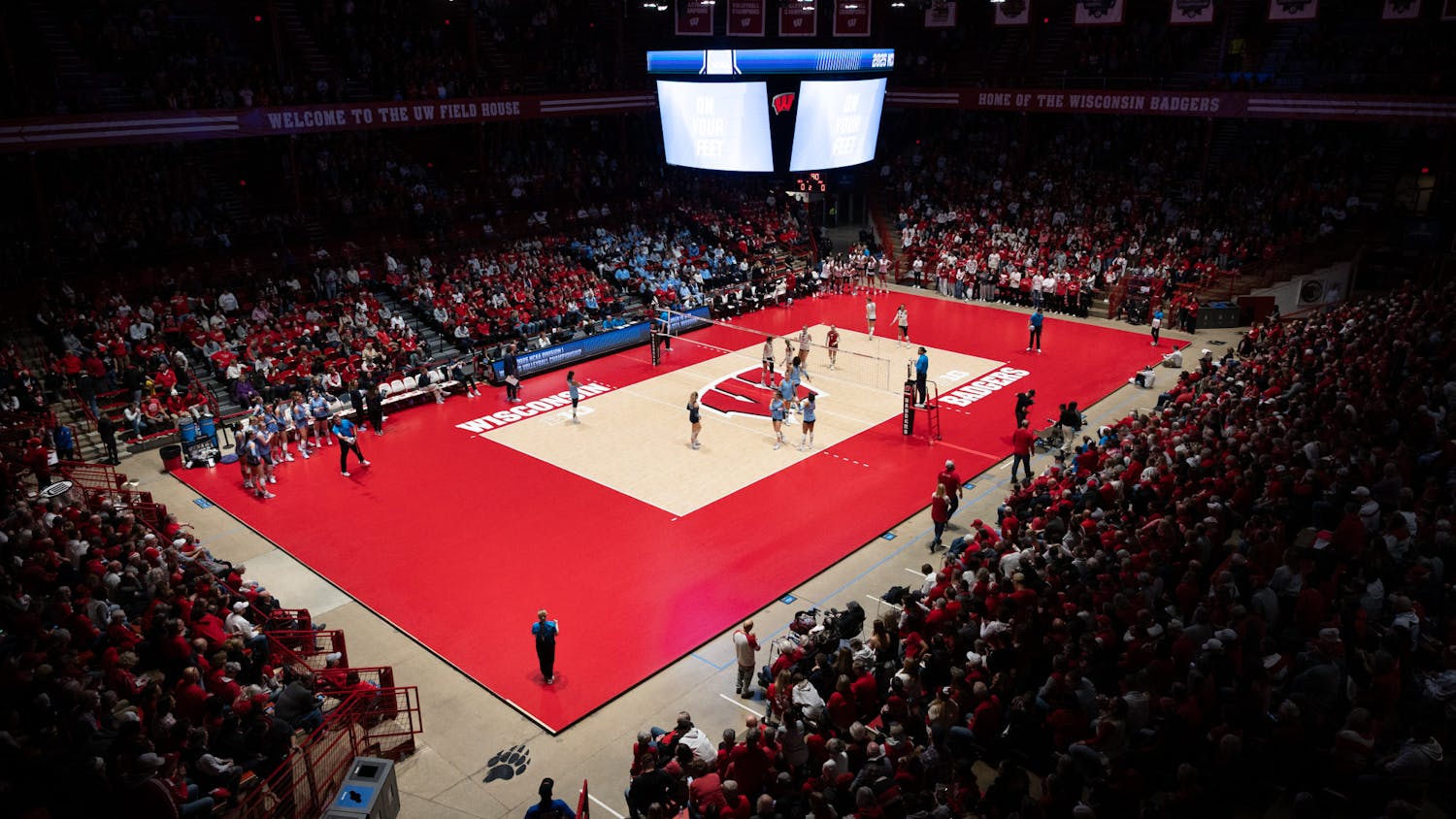1. Dealing with injuries
Losing to the third-ranked team in the country will never kill a season. However, having key contributors go down in that game has the potential to be very harmful. Unfortunately for Wisconsin, three starters went down last weekend.
Michael Caputo was set to be one of the top safeties in the country this season, but after sustaining a serious head injury against Alabama, there’s a chance he could be out for quite a while, and Wisconsin needs to find a viable long-term replacement for him.
The Badgers could use the Miami game to get some experience for sophomore D’Cota Dixon, who replaced Caputo against the Crimson Tide. UW could also go a different route and use the game as a testing ground between redshirt senior Tanner McEvoy and sophomore Lubern Figaro, who each started alongside Caputo the past two seasons.
Junior linebacker Leon Jacobs and junior running back Corey Clement also left the Alabama game due to injury, and while they were not as serious as Caputo’s, giving them time off while the team manhandles lesser quality opponents could pay dividends later in the season.
2. Stabilizing the front seven
Going into the season, Wisconsin’s biggest defensive question mark was the youth of its front seven, only bringing back three starters from the previous year. The game against Alabama did little to quell these worries.
The Crimson Tide rushed for 238 yards, averaging 6.4 yards per carry. However, due to college rushing statistics including sacks as negative yardage, a clearer rushing total would be 264 yards, averaging 7.8 per carry with three sacks. Last season, the Badgers only allowed 126 rushing yards per game, meaning they let up nearly double the yards against Alabama than they did in the average contest last season.
Miami’s first game was against mediocre FCS school Presbyterian, so take this with a grain of salt, but they ran the ball well, rushing for 205 yards, averaging 5.1 per carry. Starting running back Alonzo Smith averaged 7.2 yards per carry and scored two touchdowns, and while he may not be as talented as Alabama’s Kenyan Drake or Derrick Henry, whether the Badgers can keep him in check will be something to keep an eye on.
3. Winning the field-position battle
Wisconsin kept it close against Alabama in the first half, only down seven at halftime, but were blown away in the second half, being outscored 21-10. Much of this has to do with how different the field-position battle was in the two halves.
In the first half, none of Alabama’s six drives started further than its own 20-yard line. In the second half, only one of its seven drives began behind their own twenty, and that one was once the game was already essentially over.
The reason behind this disparity is complex, but it boils down to a weak special teams game that couldn’t compensate for a lack of offensive production. In the first half, when the Badgers punted, they had driven at least 23 yards, meaning a 35-yard punt could pin Alabama deep in their own territory. However, when the offense went three and out in the second half, the same punts weren’t going to cut it.
Wisconsin’s senior punter Drew Meyer has never been fantastic, but if the Badgers want to be able to recover from the occasional offensive miscue, Meyer will need to improve. Last season, the Badgers ranked 121st out of 128 teams in the country in terms of average punt length at 37.1 yards per punt, meaning if the Badgers stall on their own 25 yard line, like with the many three-and-out situations in the Alabama game, the opposing team will start on their own 38.
The Badgers’ offense will likely impose its will on Miami, but the few times they punt during the game, pay attention to how far Drew Meyer is able to boot it, and whether or not the RedHawks are able to capitalize on whatever field position they are given.






